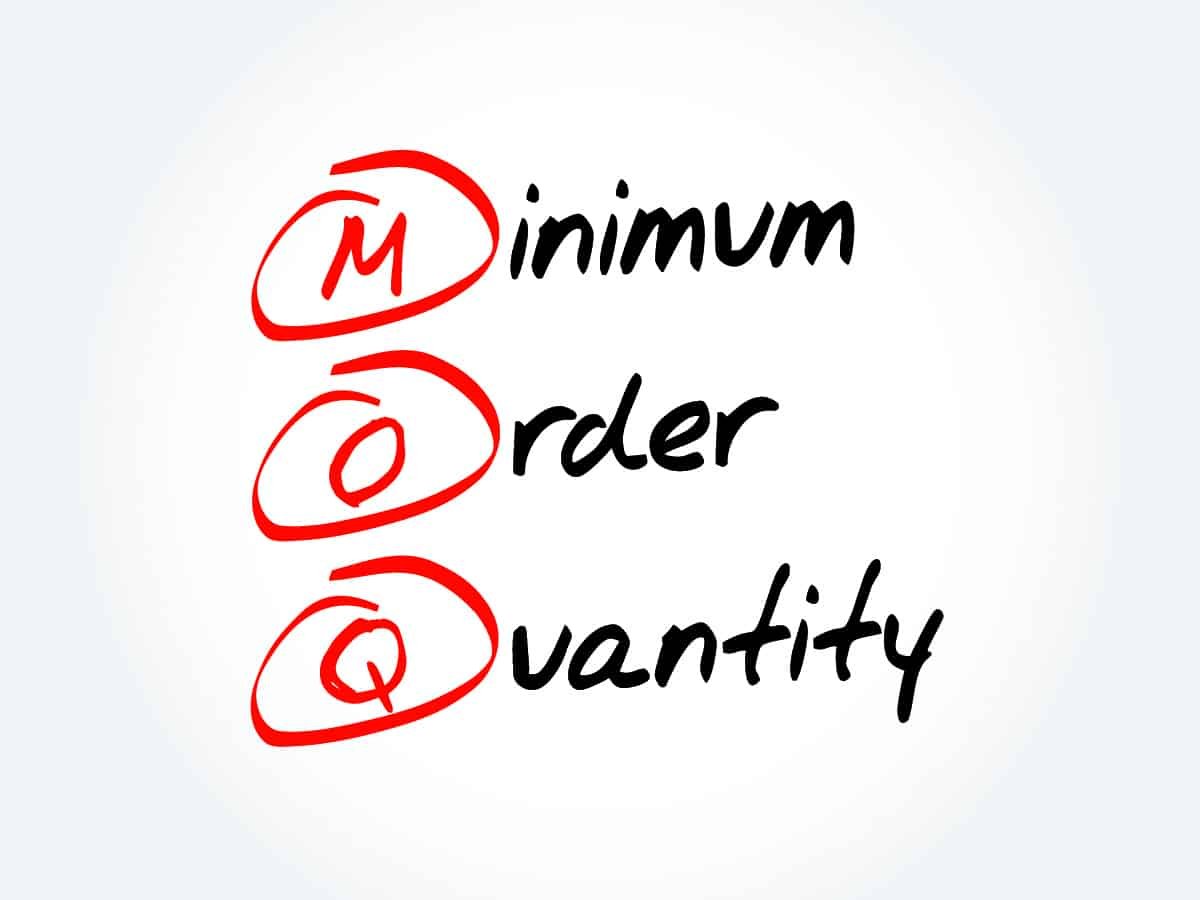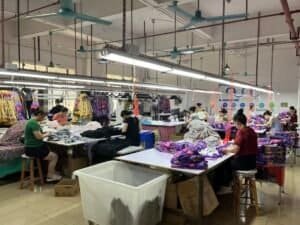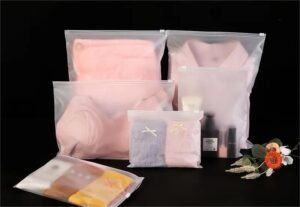As the CEO of Natural Touch Clothing, I’ve encountered many challenges in the apparel manufacturing industry. But one that consistently arises is understanding and managing minimum order quantities (MOQs). How can businesses effectively navigate this?
Minimum order quantities are a critical aspect of apparel manufacturing. They represent the minimum amount of product a manufacturer is willing to produce in a single order. This affects not only production costs but also influences your inventory management and cash flow. Understanding MOQs is essential for any business in the clothing sector, especially when dealing with manufacturers in countries like China.
Knowing your MOQs can make or break your business strategy. Let’s dive into what you need to know about MOQs in apparel manufacturing.
Why are MOQs Important in Apparel Manufacturing?
MOQs are vital because they help manufacturers balance production efficiency and cost-effectiveness. For factories like ours, setting a MOQ ensures that we can produce garments at a sustainable cost while maintaining quality. This becomes especially important when dealing with customized orders, as it affects material procurement and production planning.
How Can You Negotiate Better MOQs?
Negotiating MOQs is an art. It requires understanding the manufacturer’s perspective and finding a middle ground that benefits both parties. When approaching manufacturers, it’s crucial to discuss your needs clearly and be open to compromise. Remember, a good negotiation leads to a sustainable business relationship.

What Factors Influence MOQs?
Several factors influence the setting of MOQs. These include the type of product, customization level, material availability, and the manufacturer’s production capacity. For instance, more complex designs or unique materials often result in higher MOQs due to the increased effort and resources needed for production.
How Do MOQs Affect Pricing?
The relationship between MOQs and pricing is direct. Generally, higher MOQs lead to lower per-unit costs. This is because larger orders allow for more efficient use of resources and economies of scale. However, this also means a higher initial investment and potential risk for businesses, especially small and medium-sized enterprises.
Can MOQs Be Flexible?
Flexibility in MOQs often depends on the manufacturer’s policies and current workload. In some cases, manufacturers might be willing to adjust MOQs for long-term clients or for orders that promise future business. It’s always worth discussing with your manufacturer if you need a lower MOQ.
What Strategies Can Help Manage MOQ Requirements?
Several strategies can help businesses manage MOQ requirements more effectively. These include consolidating orders, planning ahead to meet MOQs over time, and partnering with other businesses to share orders. It’s also important to have clear communication with your manufacturer about your capabilities and limitations.
Conclusion
Understanding and managing MOQs is a critical part of the apparel manufacturing process. By being informed and strategic, businesses can navigate MOQs to their advantage, ensuring both cost-effectiveness and quality in their products. Remember, good negotiation and clear communication are key to finding the right balance.





